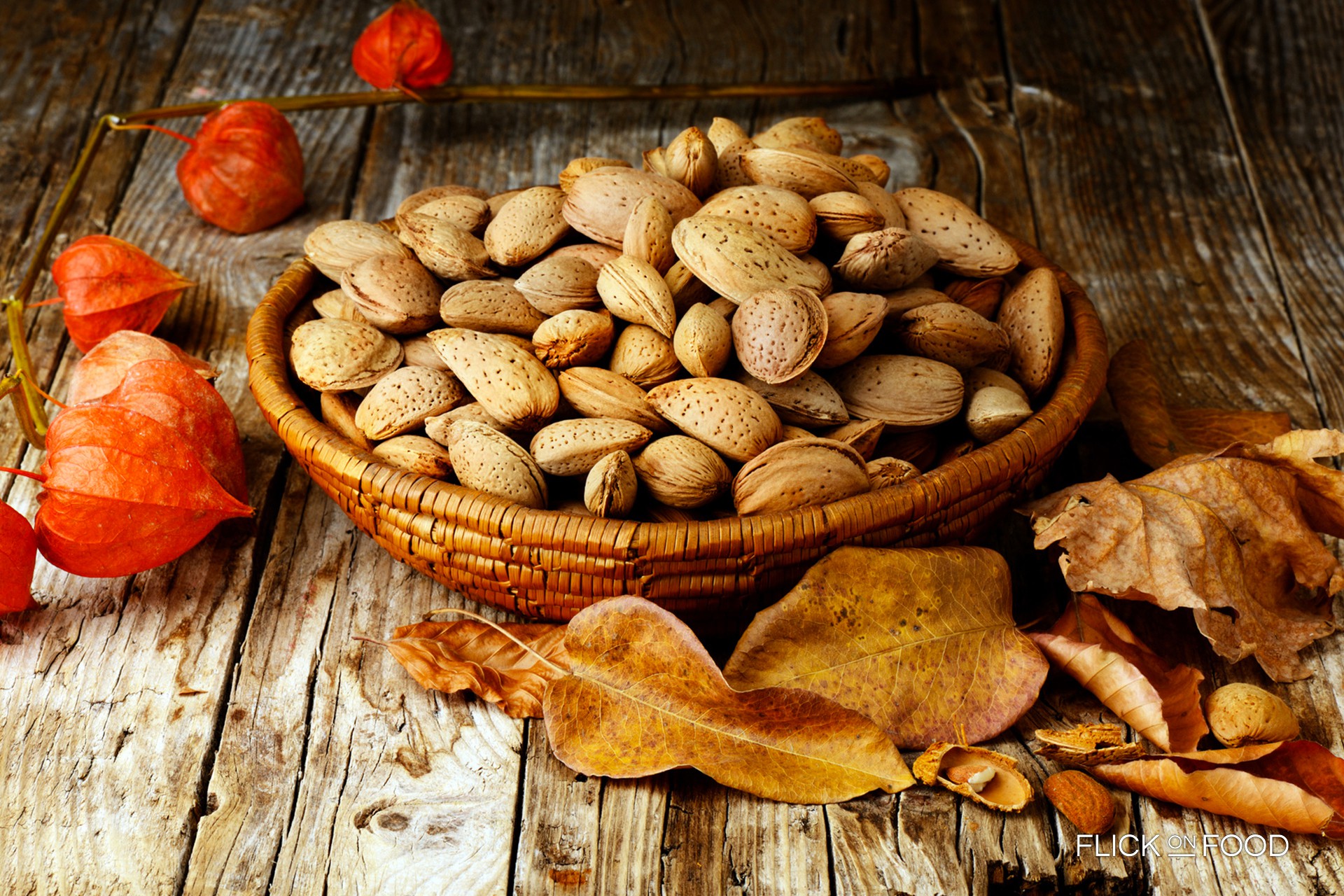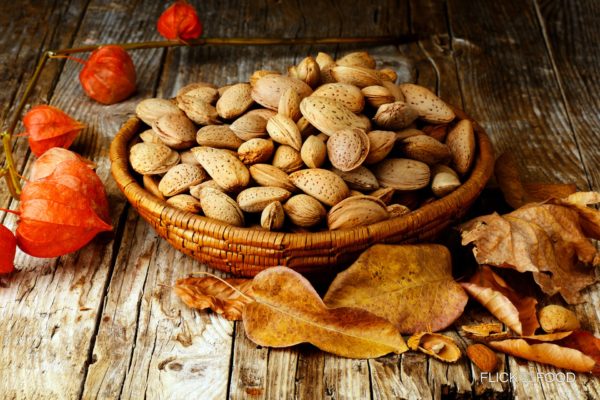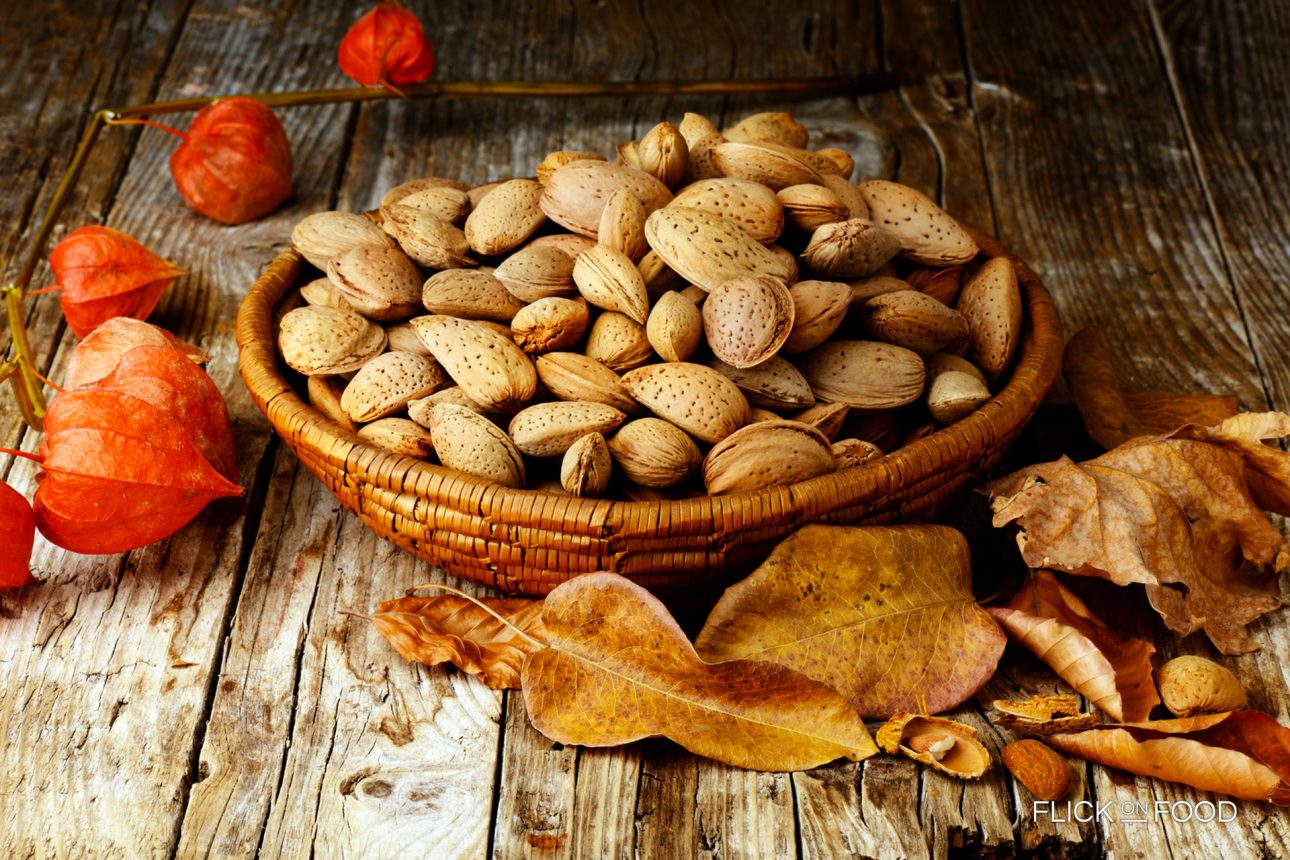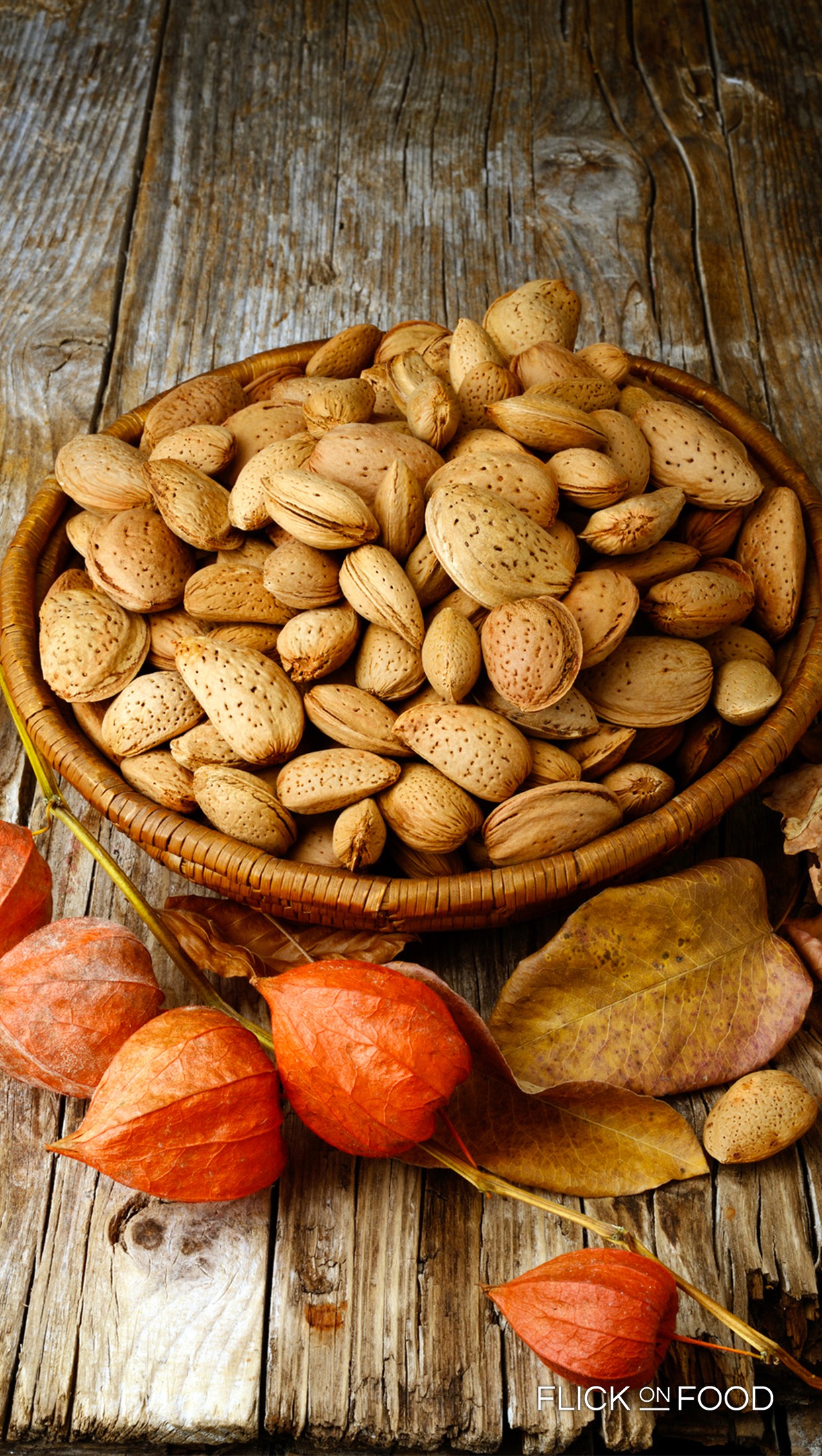
True Italian excellence. Try them plain and lightly toasted as a snack.
Origin
The city that gave the famous Toritto almond its name is a small town in the Alta Murgia near Bari. Almond cultivation in this area has been going on for a very long time. There are even songs in the local dialect about the long hulling process, which was once considered women’s work. Further confirming the strong ties between the almond and the town of Toritto, various indigenous cultivars have been developed and named after illustrious local citizens who created them. The most well known types are the “Antonio De Vito” and the “Filippo Cea”. The “mother plant” of the latter, created in the late 1800s, lives on to this day in the small town of Matine di Toritto. The Toritto almond has Slow Food status, which has helped it stave off the invasion of Californian almonds.
Cookit
The “Filippo Cea” almond is sweet and fragrant. Its mellowness and hints of a buttery aftertaste make it ideal for making sweets. In fact, Toritto almonds play a starring role in haute patisserie, particularly for creating “pasta reale” or almond paste. It’s a traditional ingredient in Pugliese cuisine, especially for making rosata cakes or almond brittle. They’re also used to make almond milk, which in Toritto’s tradition is served cold, accompanied by a bit of rice.
Did you know
No part of the Toritto almond is wasted: the oily seeds are rich in vitamins and protein, the leaves are ideal as feed for sheep, the shells produce charcoal, and the ashes from the charcoal are a fantastic natural fertilizer. Once harvested, almonds go through a laborious process of hulling, washing, removing the shells and drying. It’s said that a true expert can hear how far they are in the drying process by listening for them to “ring”.





